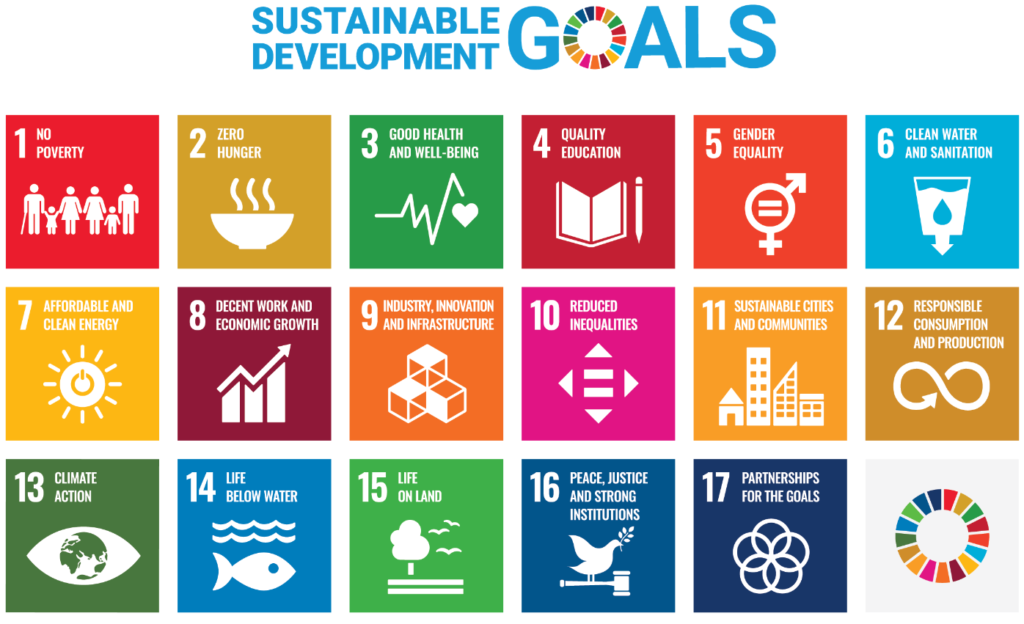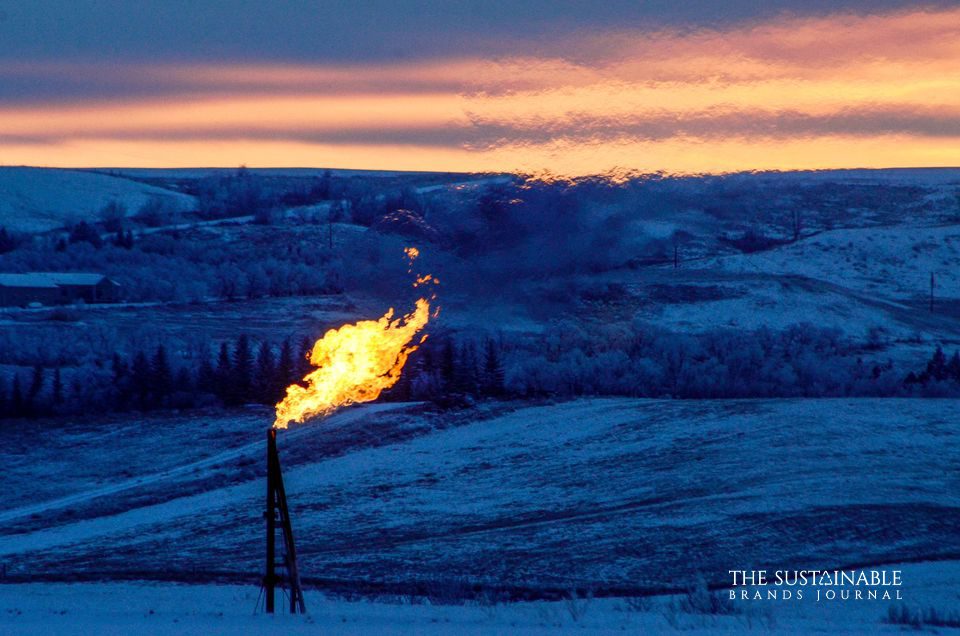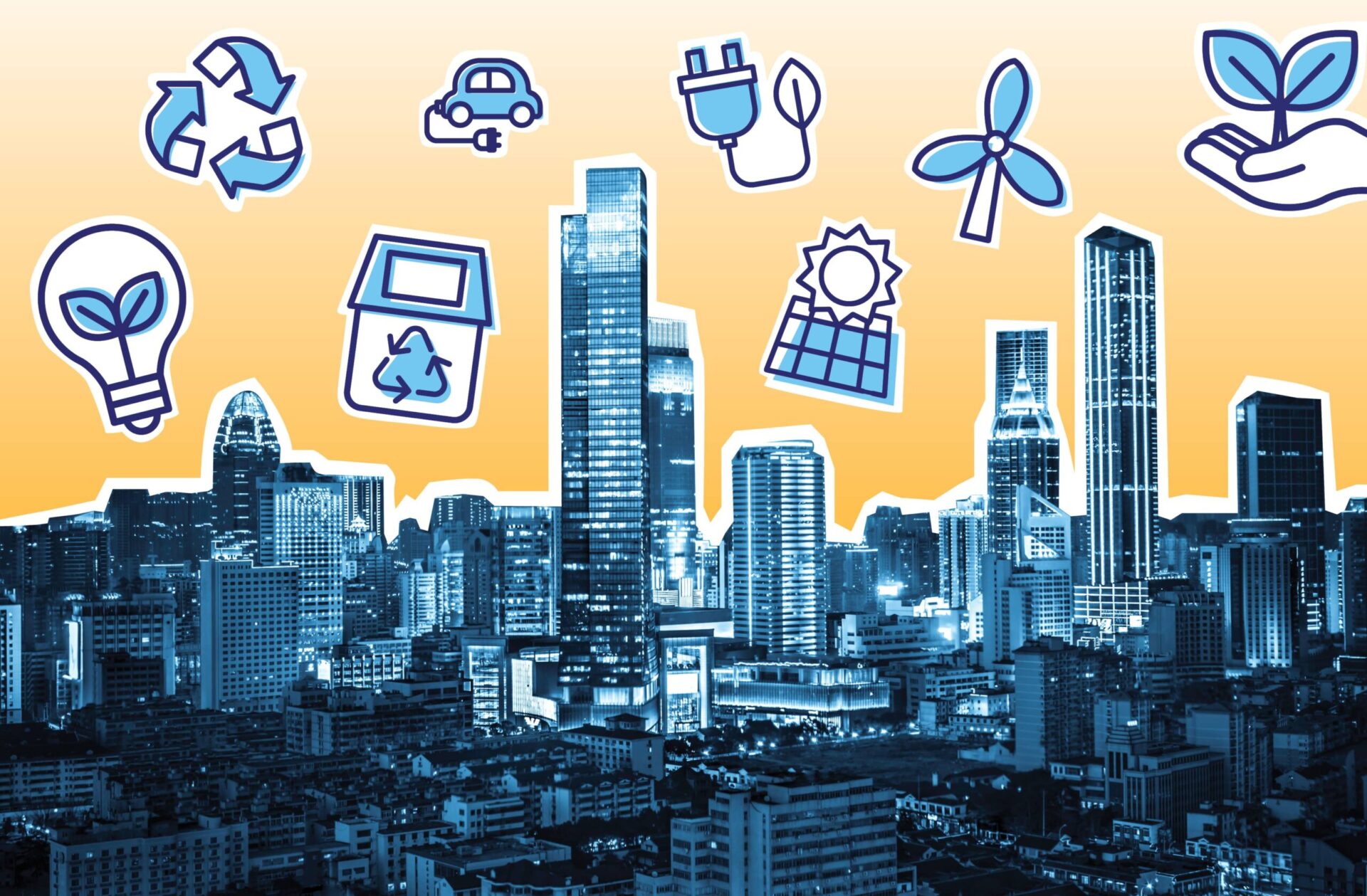
Challenge, Opportunities, and Future in Sustainable Development
To address wide-ranging issues related to the ecosystem, such as pollution in all 5 elements of the earth, sustainable development confronts significant challenges; many take it as an imaginary yet complex concept. This perception usually arises from the images of a heavily polluted planet or the misery faced by those marginalized, especially women. However, accepting it and its obstacles is vital to lead more conscious and compassionate lives in the current scenario.
What is Sustainable development?
Sustainable development is a phrase thrown around from time to time to underline our ideal vision of the future – rid of all the problems that the inhabitants of the Earth tackle today. Depletion of natural resources. Gender inequality. An unequal distribution of wealth. These are just a few, but they accurately illustrate the issues we strive to eliminate.
Sustainable Development Goals
The World Health Organization (WHO) has concisely communicated the importance of sustainable development through this all-around framework.
The 2030 Agenda presents a holistic perspective on sustainable development with its Goals. Unlike the Millennium Development Goals (MDGs), which primarily target “developing” nations, this agenda is global in scope. It emphasizes equity and human rights while advocating for sustainable financing, scientific research, innovation, and rigorous monitoring and evaluation practices. This paradigm shift demands collaborative efforts across sectors involving various stakeholders to achieve its objectives. Central to this agenda is the ambition to enhance health systems towards realizing universal health coverage (UHC).
On the other hand, The Sustainable Development Goals (SDGs), or Global Goals, were adopted by the United Nations in 2015 as a universal call to action to end poverty, protect the planet, and confirm that in 2030 all people will enjoy peace and wealth.
The 17 Sustainable Development Goals (SDGs) are connected, identifying that interventions in one domain can impact outcomes in other areas. They highlight the need for development to reconcile social, economic, and environmental sustainability, acknowledging the complex interplay among these dimensions.

Examples of Sustainable Development
Solar Energy: Solar energy offers immense benefits due to its abundance and cost-effectiveness. It’s free and inexhaustible, reducing pollution and providing financial savings by replacing non-renewable energy sources.
Wind Energy: Wind energy, harnessed through windmills, is a sustainable and scalable energy source. While initial costs and location considerations exist, it can supplement or replace grid power, making it a sound investment for sustainable development.
Crop Rotation: Crop rotation improves soil fertility and pest control without relying on chemicals. It maximizes land productivity and benefits both commercial farmers and home gardeners.
Efficient Water Fixtures: Installing water-efficient fixtures conserves water, a precious resource. Technologies like WaterSense products and dual-flush toilets reduce energy consumption in water production and transportation, which is crucial for sustainable water management.
Green Space: Green spaces promote biodiversity, regulate air quality, and mitigate urban heat. They offer recreational opportunities and contribute to mental well-being while protecting water resources and reducing city energy consumption.
Challenges of Sustainable Development
Political Challenges
Sustainable development, while crucial, faces numerous challenges that demand concentrated efforts to overcome. It’s essential to recognize that this endeavor spans developing and developed nations grappling with unique issues. Although advanced, developed countries must address social inequalities, waste management, and environmental responsibility to achieve sustainability.
War Between Countries
Challenges hindering sustainable development include limited financial resources, particularly in war-torn areas where competing priorities prevail. As seen in Nepal and Southeast Asia, natural disasters like earthquakes and tsunamis can disrupt infrastructure, leading to water crises and other hardships.
Corruption and Unsuitability
Additionally, conflicts between immediate profit and investing in sustainable technologies impede progress, exemplified by Poland’s focus on coal mining despite its environmental implications. Corruption further complicates matters, slowing development projects and hindering progress in many nations.
Lack Of Efforts
Efforts at the municipal level also require attention, as local initiatives play a vital role in advancing sustainable practices. Addressing these challenges demands collective action and commitment to fostering a more sustainable future for all.
Poverty
Achieving the goal of ending poverty in sustainable development requires addressing various contributing factors. Inequalities within and between countries, gender disparities, and limited economic opportunities hinder progress. Urban-rural wealth gaps and employment disparities exemplify these challenges in regions like the American Rust Belt—social sciences aid in understanding community-specific issues, which is crucial for effective interventions. Despite progress, about 650 million people still suffer from hunger, exacerbating food insecurity. Access to electricity is vital for development, yet energy poverty persists, especially in the poorest nations. The COVID-19 pandemic worsened global poverty, pushing millions into hardship and underscoring the urgency of sustainable development efforts.
The Future of Sustainable Development
Sustainable development is necessary for the future because it solves issues we face today while allowing future generations room to solve their problems. Sustainable development seeks to improve the quality of life on Earth. Environmental, economic, and social changes are essential to developing a sustainable society for years to come.
If sustainable development goals are met, our world can realize prosperity and equality for all. With the help of youth to drive the changes needed for sustainable development, the future looks bright for our world.

Prachi, an accomplished Chief-Editor at The Sustainable Brands Journal, has 15+ years of experience in Europe, the Middle East, and India, managing 90+ global sustainable brands. She’s a prolific writer in sustainability, contributing to various publications. Prachi’s unwavering passion and expertise make her a recognized authority, driving positive change and inspiring a sustainable future.





